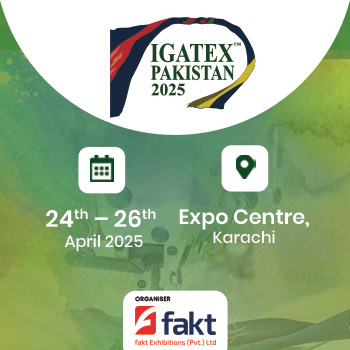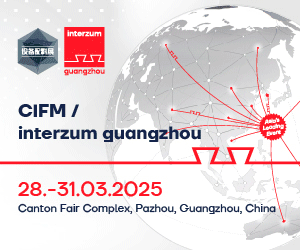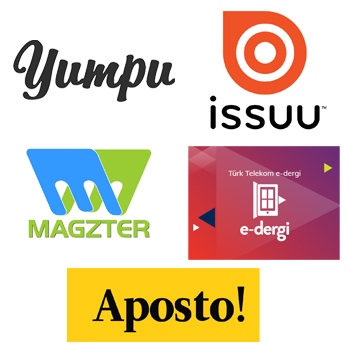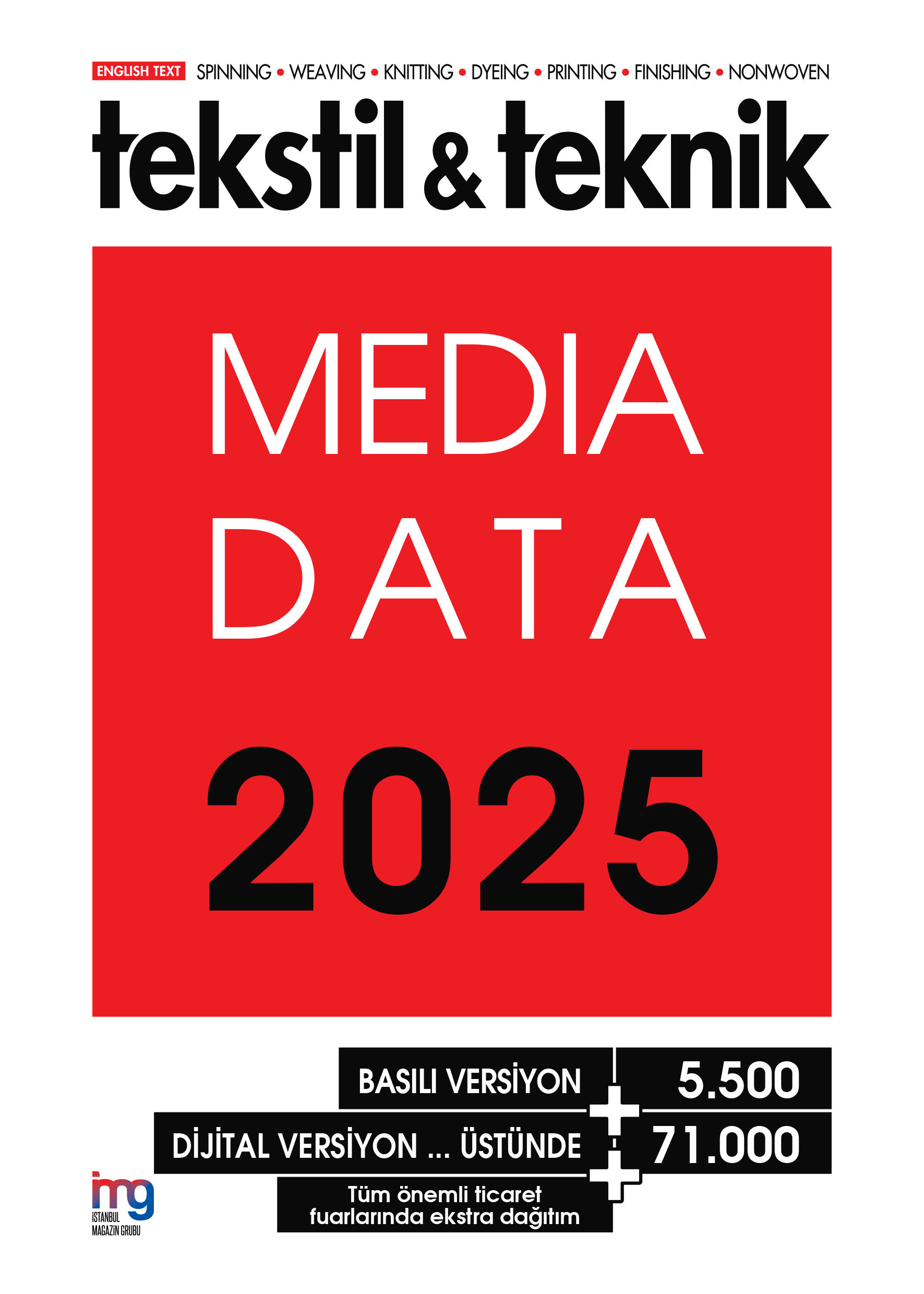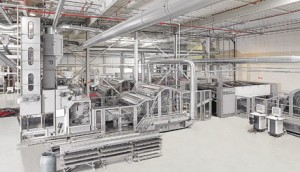 EDANA, the International Association Serving the Nonwovens and Related Industries today released preliminary European annual statistics for 2014, offering a comprehensive picture of the nonwovens industry in Greater Europe.
EDANA, the International Association Serving the Nonwovens and Related Industries today released preliminary European annual statistics for 2014, offering a comprehensive picture of the nonwovens industry in Greater Europe.
This information, released to the industry earlier than ever before, shows an overview of the industry’s strength and resilience across Greater Europe. According to figures collected and compiled by EDANA, the overall production of nonwovens in Europe grew by around 4.7% in 2014 to reach 2,165,000 tonnes. Despite two lower growth years in 2012 and 2013, the annual average growth rate has been nearly 5.3% since 2009. Obviously, diverging trends can be observed in different European countries and between the various production processes of nonwovens.
Needlepunch and hydroentanglement processes showed strongest growth in 2014
Jacques Prigneaux, EDANA’s Market Analysis and Economic Affairs Director advised “Spunmelt nonwovens recorded its highest growth rate since 2011 with 3.3%. Nevertheless, following two years at around +3%, the production of fiber-based materials, including drylaid, wetlaid and airlaid technologies, recorded an even higher increase of 5.9%. The highest apparent growth in tonnes were observed in hydroentanglement and needle punched bonding processes within the drylaid production, with respectively + 9.3% and + 9.1%”. The hygiene market, which is still the main nonwoven end-use in volumes, has grown by 6.1% in 2014, following a limited growth of 1.8% in 2013. The main driver of this increase was the development observed in the incontinence market.
The most significant growth areas for nonwovens in 2014 were in personal care wipes (+12.1%), floor covering (+12.3%), civil engineering (+11.9%) and automotive interior (+13.1%), and positive evolution in those nonwovens materials used in electronic and food & beverage applications should be also highlighted. The only major declines were noticed in garments and interlinings. However, these figures do not take into account specific grammage evolutions, which are available to EDANA members thanks to figures in surface area. Jacques Prigneaux added “We would like to thank participating companies for their efforts in sending their input to us earlier year after year. Earlier delivery, combined with a better quality of data make these statistics ever more important for the industry, and give a valuable business tool to our member companies throughout the supply chain”.
As part of one of their most valued membership benefits, all EDANA members will have access first to an analysis of 2014 statistics through the EDANA Statistics App (available on IOS and Android, and at http://edanastatapp.org). Additionally, they will soon receive their complimentary copy of the report “2014 European Nonwovens Production and Deliveries”. In the meantime, EDANA nonwoven producers member companies will receive detailed data, in recognition of their participation to the annual survey.



